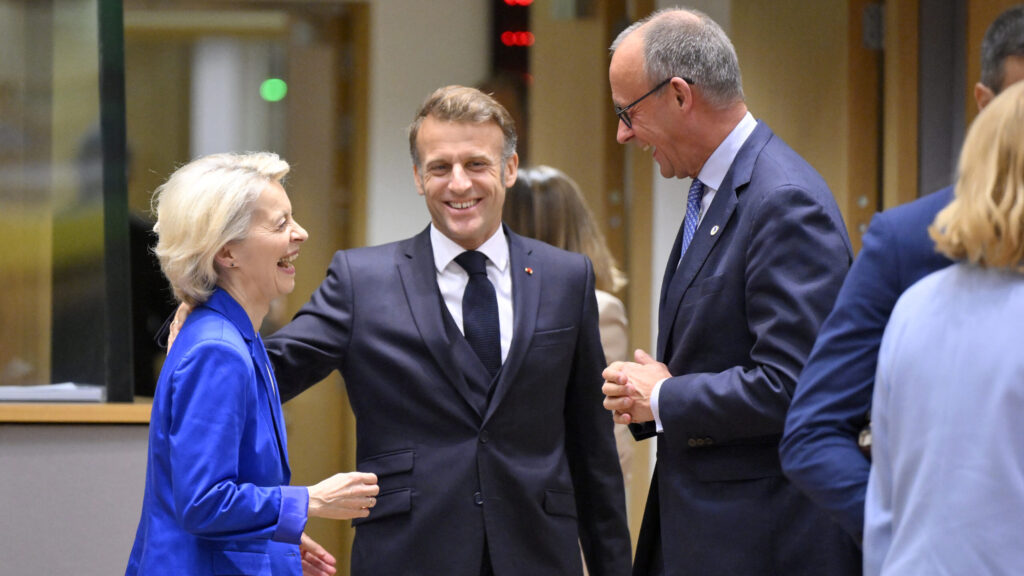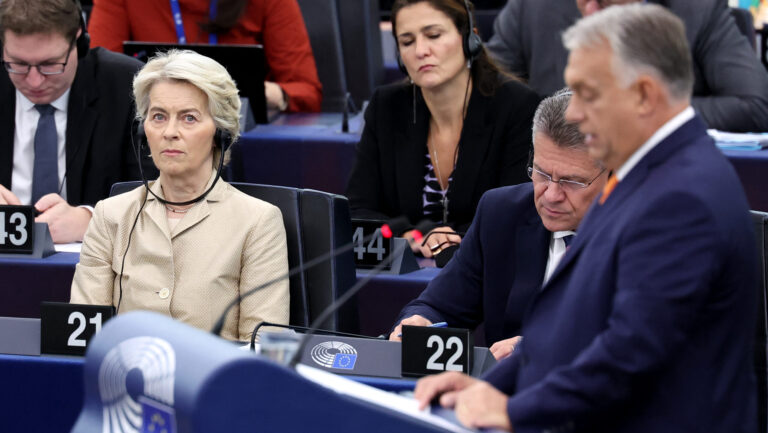Secretary of Defence Pete Hegseth has announced that the United States government is reducing its military aid to Ukraine in the 2026 budget for the Department of Defence. However, the exact amount of the reduction has yet to be revealed.
To comment on the new development, the Hungarian news channel HírTV invited two foreign policy experts, Konstatin Hidegkuti and György Dunda, to the morning show Napindító (Day Starter) on Thursday, 12 June.
Hidegkuti has told the audience that a reduction in US military aid to Ukraine was expected after President Trump won his non-consecutive second term. However, the question is whether, under the recently signed rare minerals deal between the US and Ukraine, the Trump administration would still supply the embattled Eastern European nation with resources, but not as part of simple foreign aid. He also pointed out that the Ukrainian military has to mainly rely on the US for support in air defence technology, as Europe does not have the capabilities to supplement that on the same level.
The expert also highlighted that US and European aid to Ukraine was at the highest level in 2023, in the lead-up to the Zaporizhzhia counteroffensive by the Ukrainian military. However, the plan ended in failure, and foreign aid has been decreasing since. Under the new Trump administration, the US military has shifted much of its focus to the Middle East as well.
‘The Ukrainian military has to mainly rely on the US for support in air defence technology, as Europe does not have the capabilities to supplement that’
Dunda joined the broadcast via satellite from Transcarpathia in Ukraine. He talked about the Ukrainian gas and energy crisis. He shared some interesting information: despite demanding a European embargo on Russian energy, the Ukrainian government may have been importing Russian gas—albeit indirectly—all along.
‘According to press reports, but based on an official statement, the state gas transmission system’s data shows that in the first five months of 2025, Ukraine imported 162 million cubic metres of gas, the majority of which came through Slovakia and Hungary…In this context, energy experts have pointed out that the gas coming into Ukraine from Hungary or Slovakia is most likely Russian gas,’ he told the hosts.
He also pointed out that this method of gas import still benefits Russia, but at the same time, also drives up costs for Kyiv, who have to pay more than if it were to import directly from its Eastern neighbour. This problem for the Kyiv government, which is already in dire financial strain, will only exacerbate during the heating season in the winter, he warned.
Hidegkuti took back the word and stated that since the spring of 2022, losses on the Ukrainian side have been multiples of those on the Russian side. Official public statements from the Ukrainian government claim millions of casualties on the Russian side, which the expert doubts. Most of the casualties have been caused by drone and artillery strikes, he shared with the audience.
As for estimating an accurate causality count for the two belligerent parties, Hidegkuti claimed it is not possible. As he pointed out, we are still debating the number of deaths in World War II, 80 years after it ended.
Related articles:







